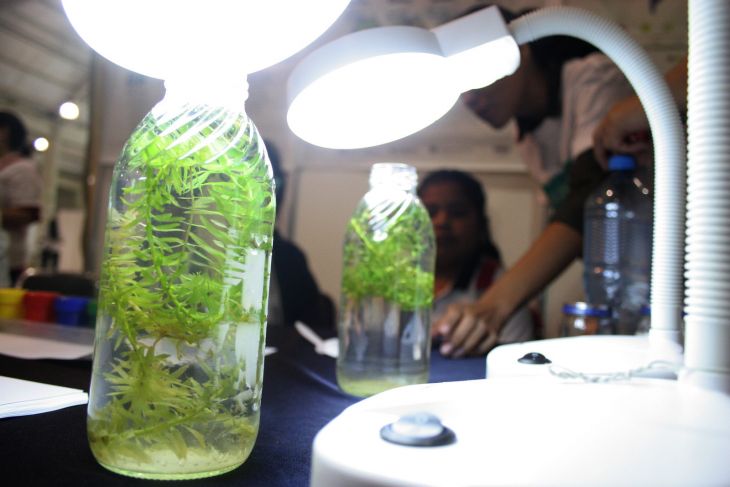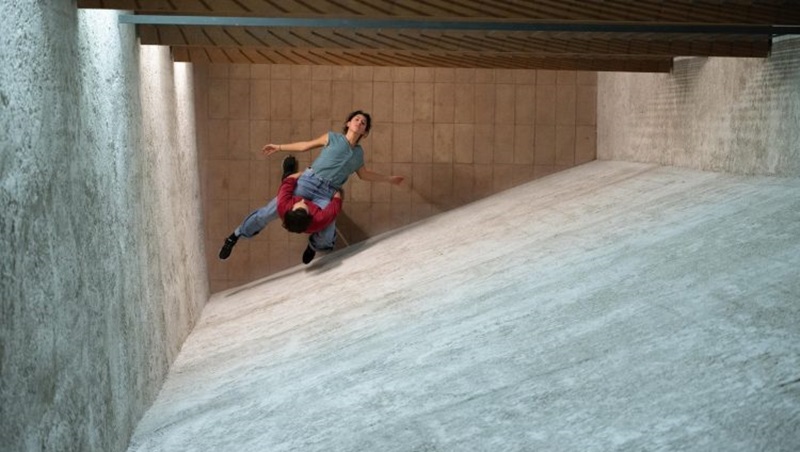the book Swimming stars and diving demons, Written by Silvia Fernández Sabedo and Hilaria Mas Colli, attractive for its illustrations, and as written in Mayan and Spanish, it brings children closer to the diversity of cultures and spreads science by suggesting simple experiments they can do at home, awarded to meet in the framework of the Yucatan International Reading Fair (file) 2022.
Presentation of this book on scientific activities to do at home, carried out approximately last Saturday, was attended by Janet Alina Echeverria Pasto, with studies at the School of Mathematics, Accounting and Management of the Autonomous University of Yucatan and Cristina Lérana Alcocer, Doctor of Literature and Communication from the University of Seville.
This is a teamwork as several researchers have created experiments, which can be done using items found in the home, inviting family coexistence. “This teamwork, this beautiful book is well edited, the experiences are very interesting, and it is easy to relate what is in Maya with what is in Spanish. These kinds of editorial efforts should be celebrated and promoted,” stressed Cristina Lérana Alcoser.
“It is an attempt to learn about the broad scientific knowledge that can be transmitted through indigenous languages and in a certain way in our language, the Maya. We have heard and read that the Mayans were great scholars, but how did they transmit this? What words did they use?” asked Janet Echeverria Pasto. Thanks for the support of the National Geographic Society.
The presentation remembers teacher Hilaria Mas Cooley, who died last year, before the book was printed, and was responsible for reviewing and correcting work in the Maya. The book has already been distributed in four Aboriginal children’s homes, located in Tzucacap, Citincapchin, Maxcano and Cepeda, as well as the Chemax Indigenous Elementary School, all in Yucatan.
“With this we want to pay tribute to that Mayan childhood that was so free, full of learning in the best science laboratories out there, which is nature. It is a brief reminder to these youngsters that their ancestors enjoyed science so much. They were very good at it,” said author Silvia Fernandez Sabedo.
He remembers that the concepts that are most difficult to translate are: magnetism, inertia, lattice, or equilibrium, and it was the teacher Hilaria Maas who helped them with these details.
Edition: Laura Mirror




:format(webp)/cloudfront-us-east-1.images.arcpublishing.com/grupoclarin/XM6EP3SM5REKNBOIXJSOCDCOOA.jpg)
